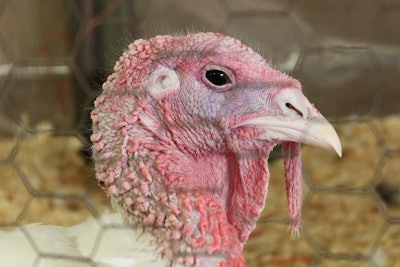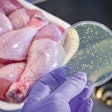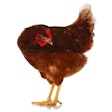
Understanding the genome of Streptococcus gallocyticus could lead to faster diagnosis of the infection in turkeys.
“We’re trying to understand how it’s transmitted, where does it come from and what are the sources,” said Billy Hargis, distinguished professor of poultry science and director of the John Kirkpatrick Skeeles Poultry Health Laboratory. The lab is part of the experiment station, the research arm of the University of Arkansas System Division of Agriculture.
The researchers hope to use genome mapping to create a DNA fingerprint of S. gallocyticus. This would allow turkey producers to use a PCR test to quickly identify the bacterial infection in a few hours. Producers currently must wait a week before receiving a diagnosis.
About S. gallocyticus in turkeys
S. gallocyticus is a gram-negative bacterium that can cause vascular collapse with lesions in the heart, liver and spleens of turkeys. More recently, neurological symptoms associated with encephalitis and meningitis have also been noted with the bacterial infection.
“A brand-new agent first emerged a few years ago and it’s evolving. Some recent isolates have more tropism for the central nervous system so it’s not just causing cardiovascular depression,” Hargis explained.
Infection with S. gallocyticus typically occurs in turkeys that are two to three weeks of age. The infection is easily spread between newly hatched birds, probably in the hatchery, through an oral or respiratory route of transmission, research suggests.
One of the more challenging aspects of diagnosing S. gallocyticus infections is that impacted birds are asymptomatic. This means that lesions can only be seen post-mortem.
Relapse infections of S. gallocyticus is common, occurring in 5-7% of adult turkey flocks.
There is currently no vaccine for S. gallocyticus, although antibiotics can decrease mortality to approximately 3-7%. In antibiotic-free turkey flocks, mortality is 25-30%.

















